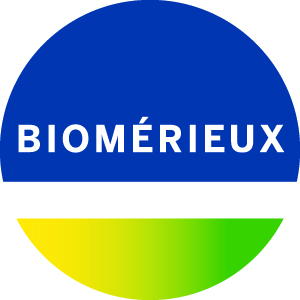How to implement single temperature incubation in your environmental monitoring routine
15 November 2023
Shares
- Like
- Digg
- Del
- Tumblr
- VKontakte
- Buffer
- Love This
- Odnoklassniki
- Meneame
- Blogger
- Amazon
- Yahoo Mail
- Gmail
- AOL
- Newsvine
- HackerNews
- Evernote
- MySpace
- Mail.ru
- Viadeo
- Line
- Comments
- Yummly
- SMS
- Viber
- Telegram
- Subscribe
- Skype
- Facebook Messenger
- Kakao
- LiveJournal
- Yammer
- Edgar
- Fintel
- Mix
- Instapaper
- Copy Link
Watch this webinar to hear Laurent Leblanc explore the challenges and benefits of implementing the “one media / one temperature” approach for routine environmental monitoring.
About this webinar
An environmental monitoring programme must rapidly detect deviations from established alert / action limits that can compromise the facility’s state of control.
The trend analysis depends on the methodology used to recover environmental microorganisms: this includes the type of culture media (Trypticase Soy base or Sabouraud base), but also the incubation time and temperature used to grow the organisms.
A collaborative study evaluated the impact of incubation temperature on the recovery, the morphology, and the behaviour of representative microorganisms. It also assessed how dual temperature incubation can be replaced by single temperature incubation.
Key takeaways
- Explore the regulations and current industry practices
- Understand the challenges of moving from dual to single incubation temperature
- Learn from the evaluation of a large panel of representative microorganisms at different temperatures.
- Discover automation for incubation and reading of Petri dishes and how it could improve productivity
- Ask our expert speaker questions and benefit from the knowledge and guidance.
Our speakers


Laurent Leblanc , R&D Manager, bioMérieux
Laurent Leblanc is R&D Sr. Manager for bioMérieux’ Pharma Quality Control business. He holds a master’s degree in biotechnology from the University of Limoges, France. For the last 20 years, Laurent has worked at several biotechnology companies and before joining bioMérieux in 2008 worked in microbiological quality control in the pharmaceutical industry. He is now involved in designing and bringing to the market the new innovative and efficient solutions dedicated to the pharmaceutical and cosmetic industries.




